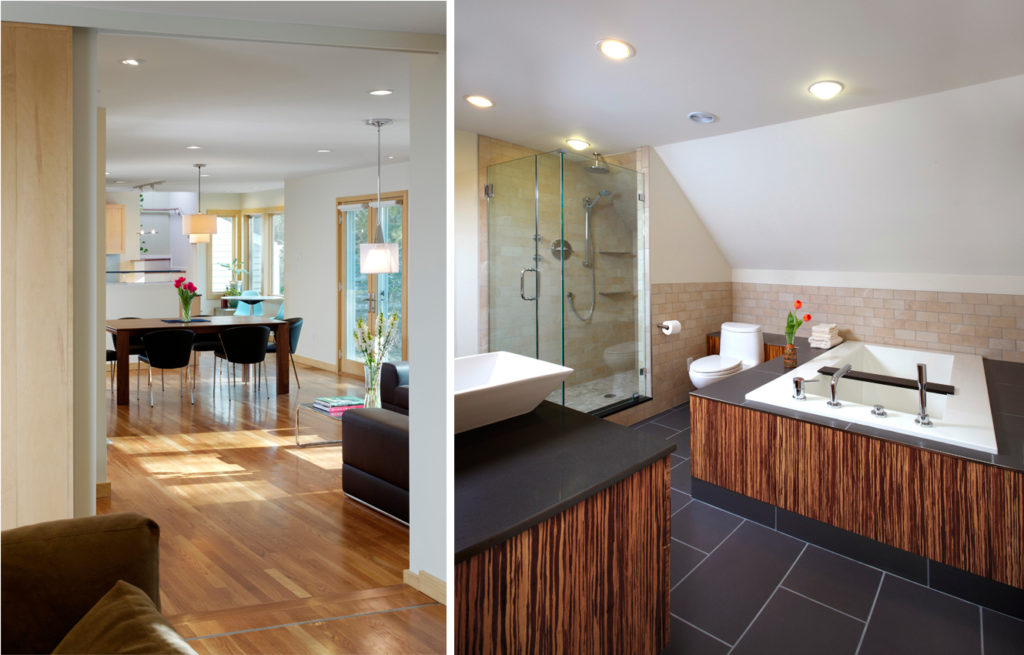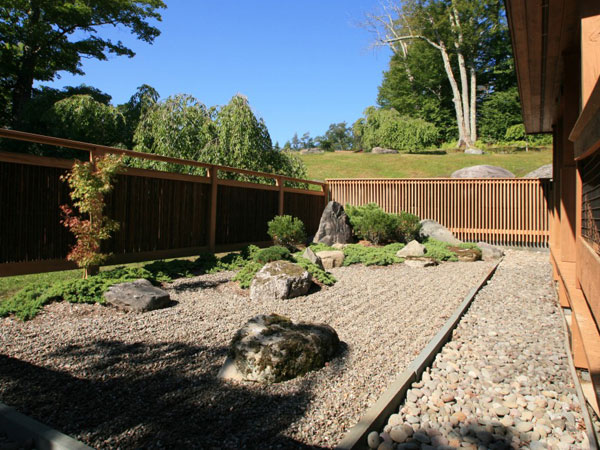Buildable Philosophies
How can you use Japanese spatial concepts in your home? Your garden? Your office? Will doing so make you more mindful?
These concepts may seem abstract, but they are buildable concepts. As you can see in the Katsura Imperial Villa and the Itsukushima Shrine, these concepts are not imaginary. They are present in concrete ways.
When designing a space, we may think that these philosophies are too complex to apply to everyday spaces. We may think that concepts like Ma and Michiyuki are reserved for shrines and imperial villas. But by looking at these examples, we can see how these abstract ideas can be tangibly used in architecture. From there, we can start to translate Japanese spatial concepts to the places we use most.

Molding Mindfulness
Because Japanese architecture and gardens blur the self/space boundary, when we are in these spaces we feel more mindful. Japanese spatial concepts have been developed over thousands of years, and can be applied to today’s architecture. You do not need to travel far to experience this—these ideas give you the tools to design mindful spaces on your own.
The abstractness of these philosophies allows us to easily translate them into contemporary architecture and design. They are moldable and can be applied to unexpected spaces, such as offices. The question of how to do so is discussed further in the video above.
That is what Penguin Environmental Design does every day: translating these concepts into contemporary gardens, homes and offices. Imagine the spaces you interact with regularly. Think about the ways in which you could apply Japanese spatial concepts to them, and thus experience a greater sense of mindfulness.
This article is based on Yoko Kawai’s talk, “Designing Mindfulness: Spatial Concepts in Traditional Japanese Architecture,” at the Japan Society in New York in May, 2018.


